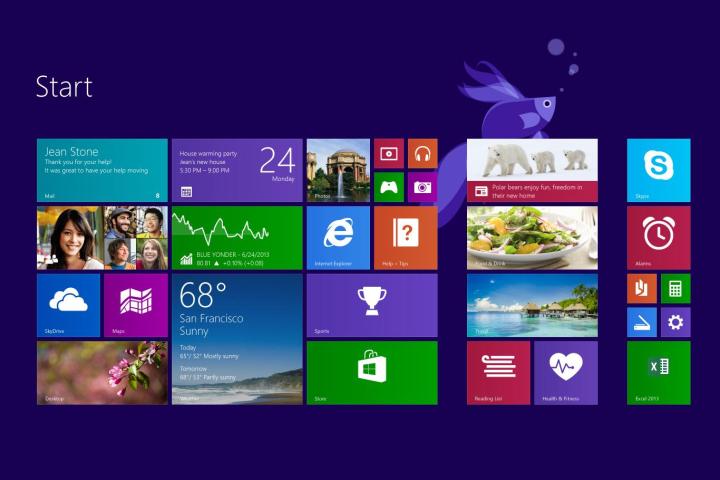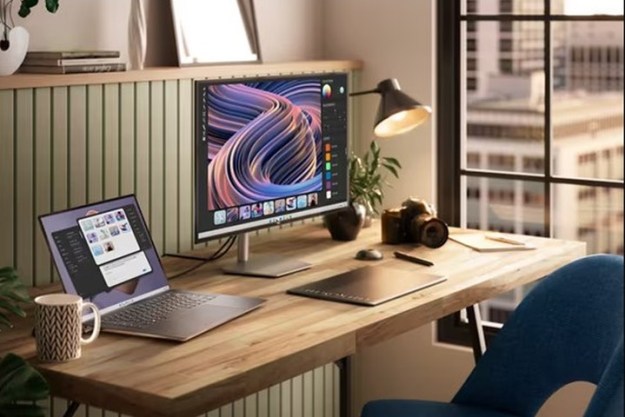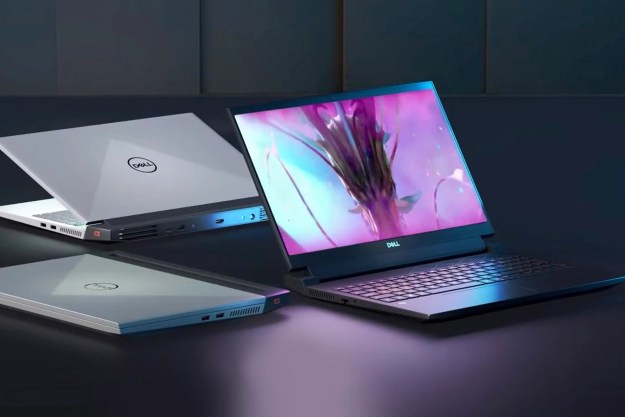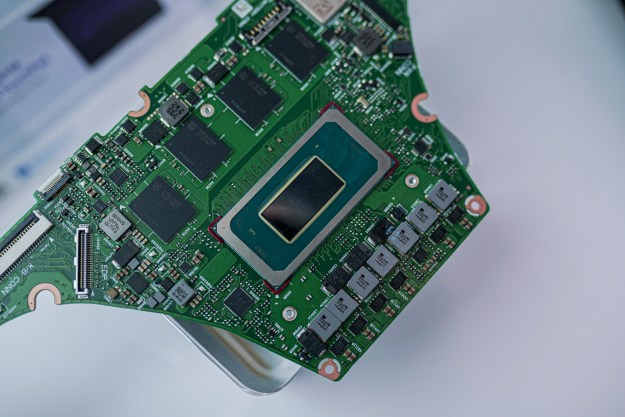
Here’s a bit of a surprise: Windows 8.1’s desktop OS share rose last month.
However, so did Windows XP’s. If Windows 8.1 were Homer Simpson, it undoubtedly would be saying “D’oh!” right now.
According to Net Marketshare, Windows 8.1’s desktop OS share stood at 3.9 percent in January. While that rose last month to 4.3 percent, a bump of .4 percent, Windows XP’s share also rose; for the second consecutive month no less. After dropping from 31.22 percent in November to 28.98 percent in December, Windows XP’s OS share rose to 29.23 percent in January, and inched upward again last month to 29.53 percent. Though that’s a smaller uptick of .3 compared to Windows 8.1’s (very) modest surge, the fact that more people are opting to use an OS that’s more than 12 years old says something.
Though marketshare for Windows 7 is still dominant, (and it’s not even close), Windows 7’s share dipped ever so slightly from 47.49 percent in January to 47.31 percent last month. That comes after a spike of nearly one full percentage point from November, when it stood at 46.64 percent.
It’s worth noting however, that’s the increase in Windows 8.1’s share likely cannibalized Windows 8’s, especially considering that Windows 8.1 is a free download for those already running Windows 8. In January, Windows 8’s share was rated at 6.62 percent, and fell to 6.38 percent last month.
Microsoft is apparently steering people back to the desktop after trying to ween them off it with Windows 8 and Windows 8.1, as indicated by a reportedly leaked version of an upcoming Windows 8.1 update that boots straight to the classic UI by default. This combined with dominant marketshare enjoyed by its predecessors points to a continued pattern of anemic OS marketshare levels, especially considering that Windows 9 is rumored to be released sometime in the middle of 2015.
What do you think? Sound off in the comments below.
Editors' Recommendations
- PC gamers — Windows 7, 8, and 8.1 are officially dead
- How to uninstall Windows 10 and downgrade to Windows 8.1


